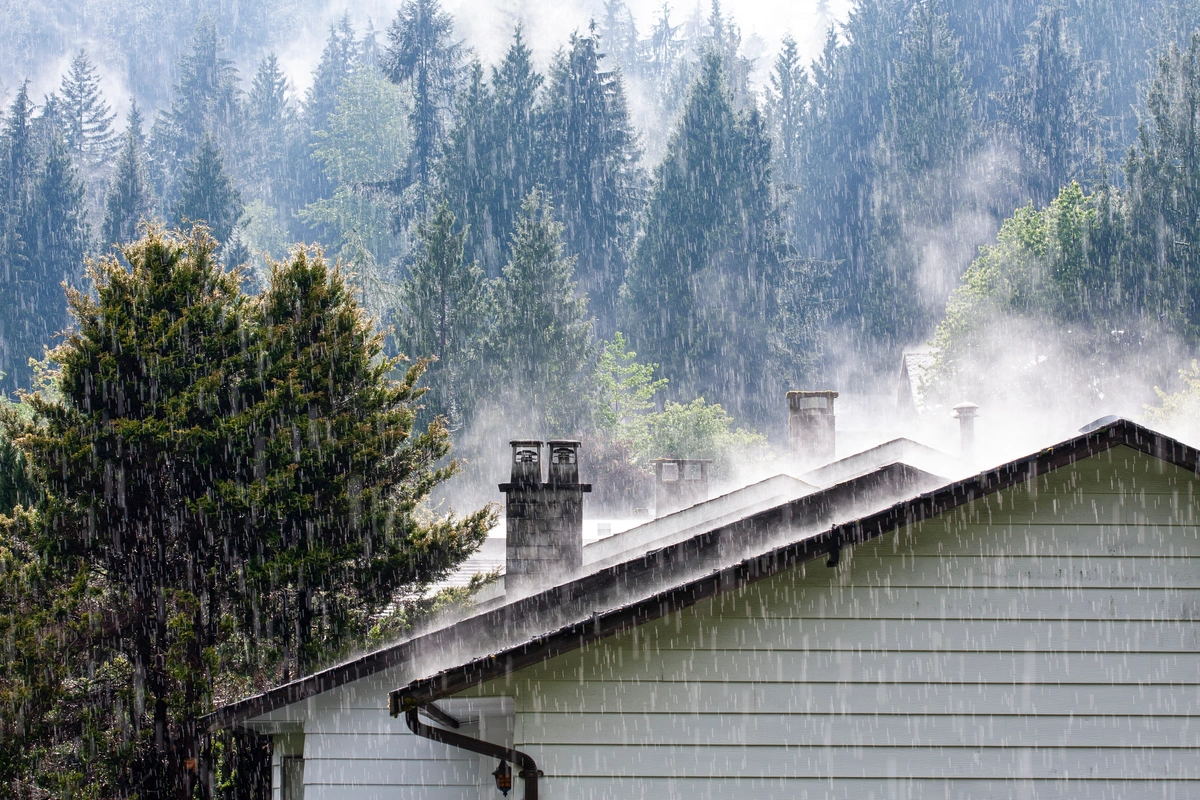
Storms can leave a lasting impact on your home, often causing hidden damage that may go unnoticed at first glance. Identifying these warning signs is crucial to prevent further deterioration and address underlying issues promptly. In this article, we will explore the top five warning signs of hidden storm damage in your home, empowering you to take proactive measures in protecting your property.
- Water Stains and Discoloration: Water stains or discoloration on ceilings, walls, or around windows and doors are potential indicators of hidden storm damage. Even small stains can signify water intrusion, which may lead to more significant issues like rot, mold growth, or compromised structural integrity. Pay close attention to any unusual discoloration, as it may be a clue to hidden damage behind the surface.
- Musty Odors: Persistent musty or earthy odors inside your home can be a sign of hidden water damage. Lingering moisture from storms can create an ideal environment for mold growth. Mold often hides within walls, behind furniture, or in areas with poor ventilation. If you notice musty smells that persist despite regular cleaning, further investigation may be necessary.
- Cracked or Peeling Paint: Cracked or peeling paint, especially around windows, doors, or exposed exterior walls, may indicate underlying storm damage. High winds and flying debris can cause impact damage that compromises the integrity of the paint. If left unaddressed, moisture can seep into these areas, leading to rot, mold, or structural issues over time.
- Sagging or Uneven Floors: After a storm, closely inspect your floors for any signs of sagging or unevenness. Water damage can weaken subflooring or cause structural shifts, resulting in uneven or sagging floors. If you notice changes in the floor's level or feel a bounce when walking, it's essential to investigate the cause and address it promptly to avoid further damage.
- Unexplained Increase in Energy Bills: An unexplained increase in energy bills can be a red flag for hidden storm damage. Damaged windows, compromised insulation, or gaps in the exterior envelope can lead to energy loss, forcing your heating or cooling systems to work harder. Monitor your energy bills and investigate significant deviations, as they may point to storm-related damage that needs attention.
Detecting hidden storm damage in your home is crucial for maintaining its integrity and preventing long-term issues. By keeping an eye out for water stains, discoloration, musty odors, cracked or peeling paint, sagging floors, and unusual increases in energy bills, you can identify potential problem areas and address them promptly. If you suspect hidden damage, consult with professionals or contractors experienced in storm damage assessments. Remember, early detection and proactive action are key to preserving the safety and value of your home.
Related Posts
Essential Tree Services for Happy Valley Homeowners
Happy Valley, Oregon, is known for its beautiful landscapes, tree-lined streets,...
Read More
How to Choose the Best Church Chair for Your Sanctuary
Selecting the perfect chairs for church sanctuary is a decision that balances pr...
Read More
Choosing the Right Roofing Material for Enhanced Storm Resistance
Your roof is your home's first line of defense against storms, making it crucial...
Read More
The Role of Public Adjusters in Maximizing Your Storm Damage Claim
When your home suffers storm damage, navigating the insurance claim process can ...
Read More




